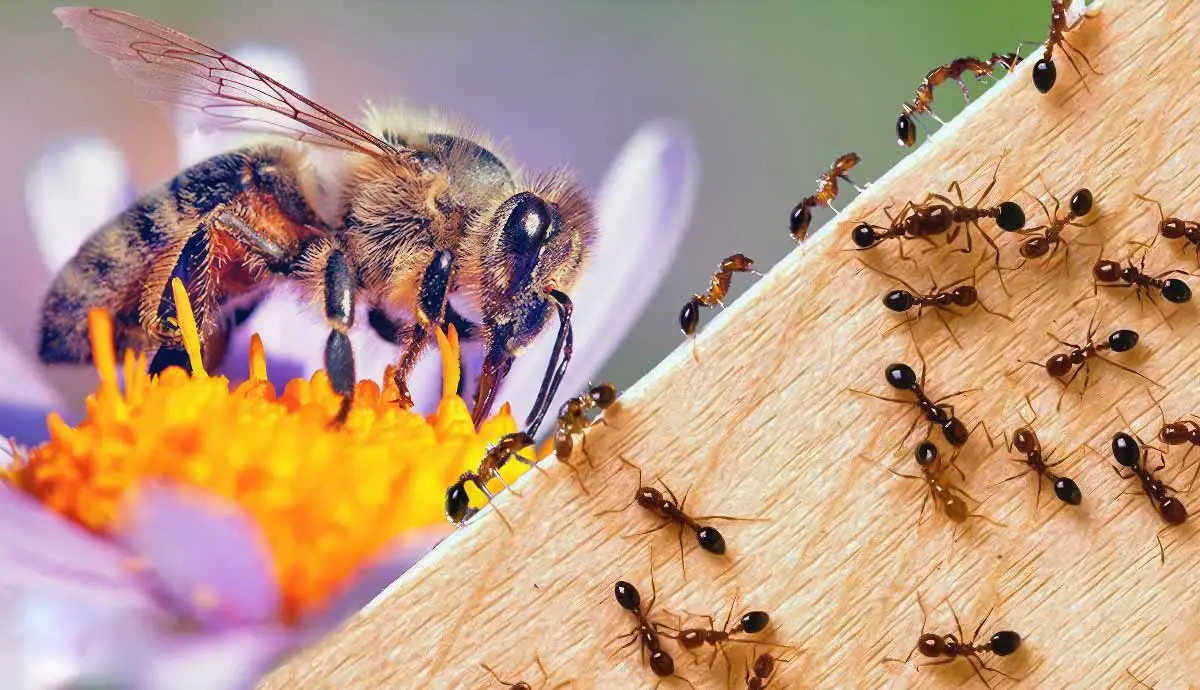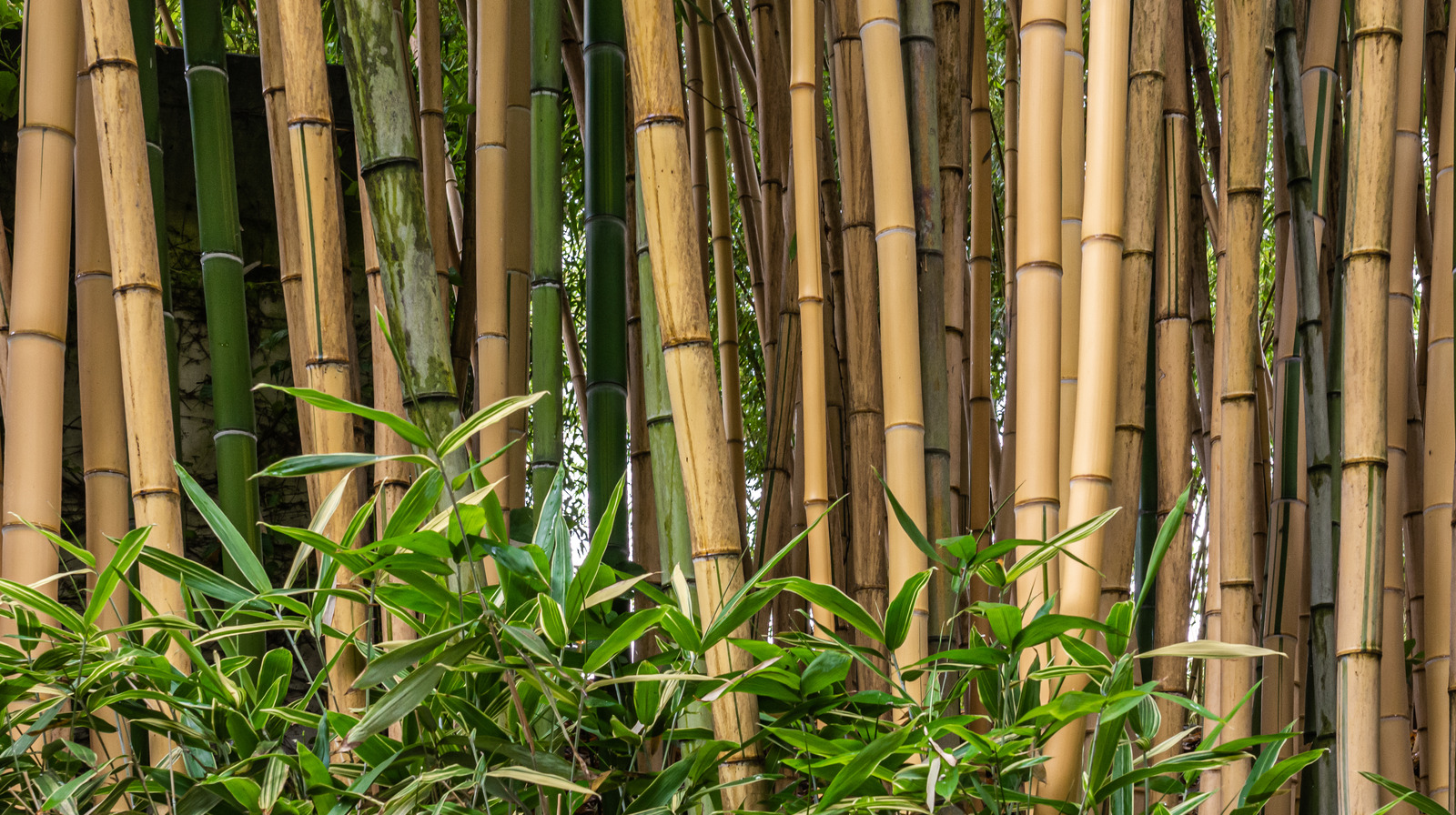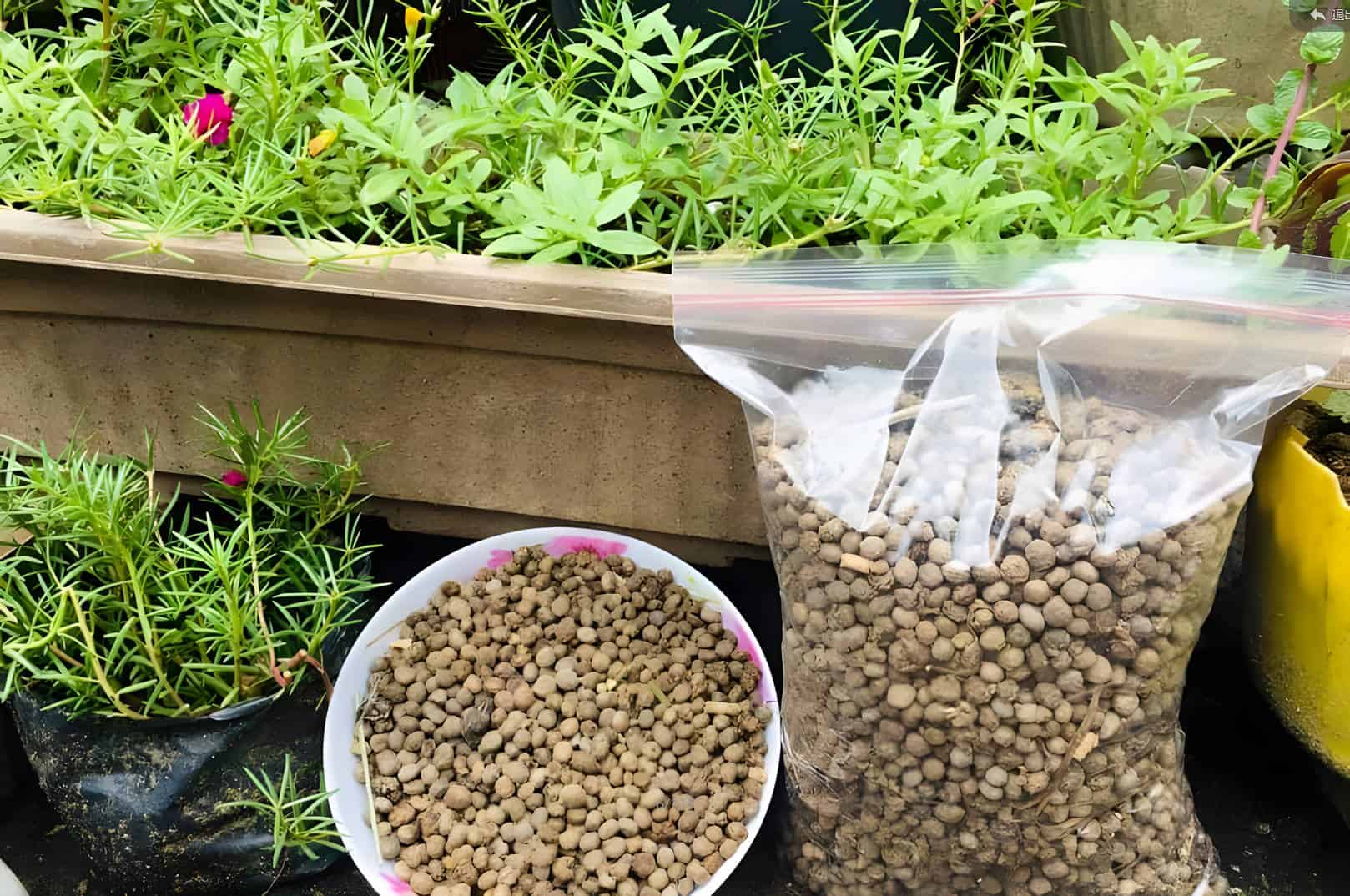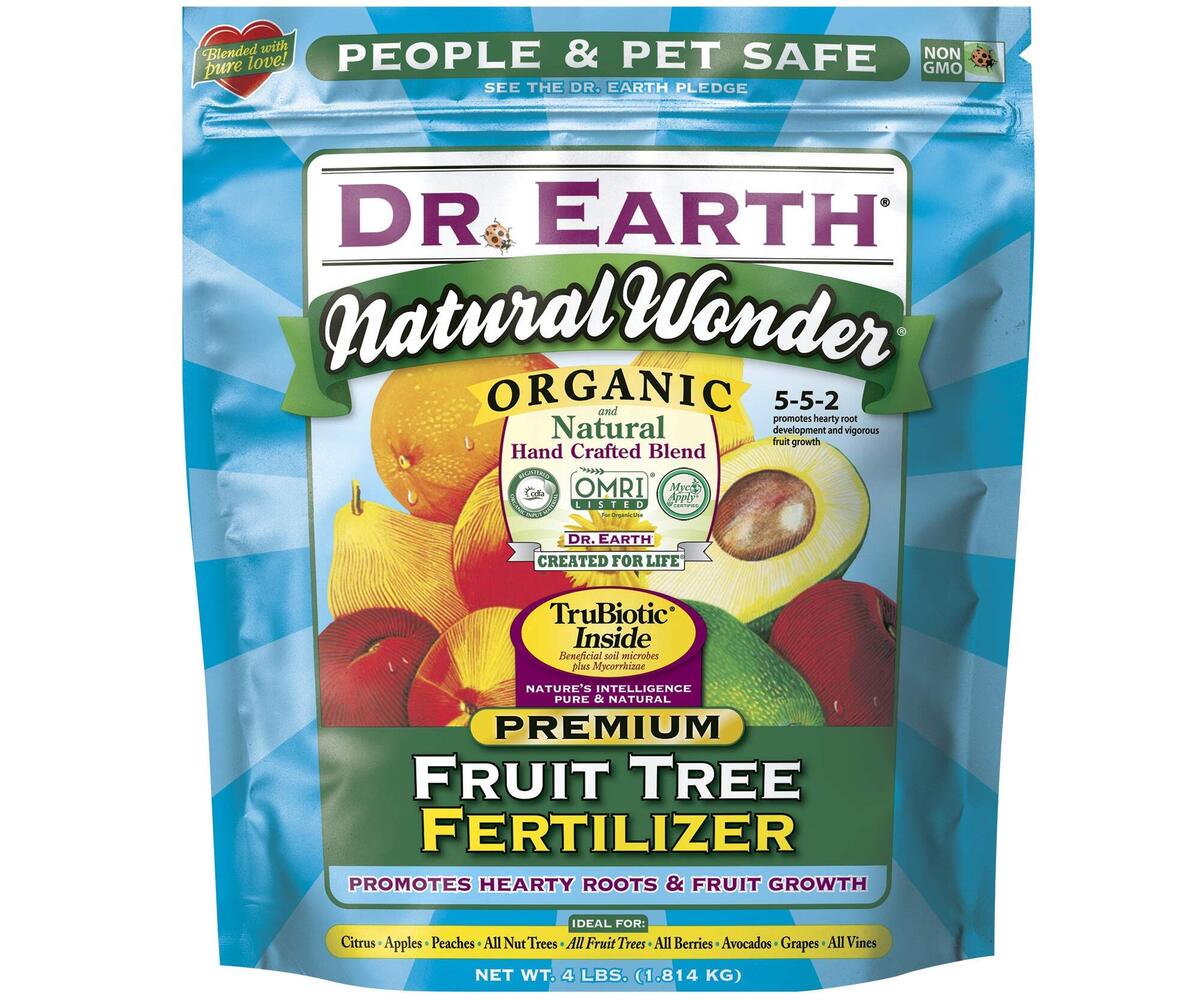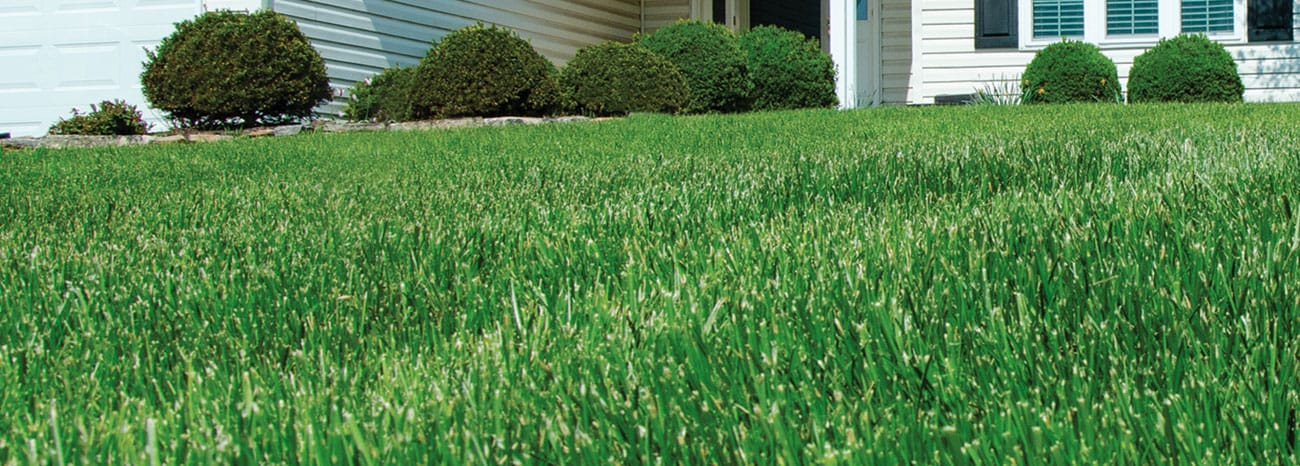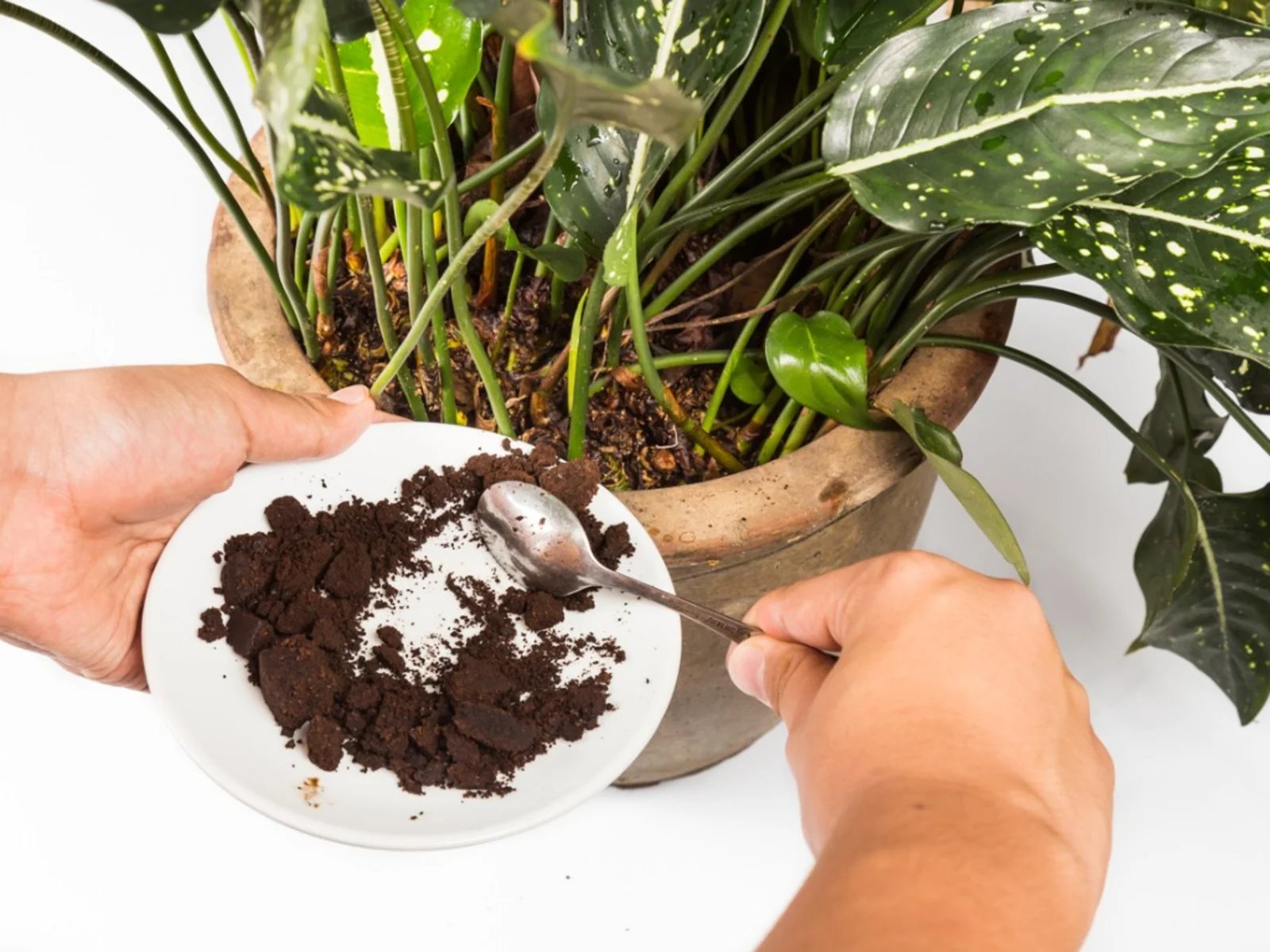Home>Gardening Techniques>DIY Projects>How To Use Down To Earth Fertilizer


DIY Projects
How To Use Down To Earth Fertilizer
Modified: January 22, 2024
Discover the best DIY projects for utilizing Down To Earth fertilizer. Enhance your gardening skills with our easy-to-follow step-by-step guides and unleash your creativity today!
(Many of the links in this article redirect to a specific reviewed product. Your purchase of these products through affiliate links helps to generate commission for Chicagolandgardening.com, at no extra cost. Learn more)
Table of Contents
- Introduction
- What is Down To Earth Fertilizer?
- Benefits of Using Down To Earth Fertilizer
- Types of Down To Earth Fertilizer
- How to Choose the Right Down To Earth Fertilizer for Your Plants
- Steps to Use Down To Earth Fertilizer Effectively
- Precautions and Safety Measures
- Frequently Asked Questions (FAQs)
Introduction
Are you looking to give your plants the essential nutrients they need to thrive? Look no further than Down To Earth Fertilizer. With its organic ingredients and sustainable production methods, Down To Earth Fertilizer offers a natural and effective solution to boost plant growth and improve soil health.
Whether you are an experienced gardener or just starting out with your green thumb endeavors, understanding the benefits and proper use of Down To Earth Fertilizer can take your gardening game to new heights. In this article, we will explore the basics of Down To Earth Fertilizer, its benefits, different types available, and how to make the best use of it for your plants.
Down To Earth Fertilizer is a renowned brand that prioritizes organic and sustainable practices. Their fertilizers are made from a blend of natural ingredients like bone meal, kelp meal, fish meal, and composted manure. By using these natural ingredients, Down To Earth Fertilizer provides a slow-release source of nutrients that nourish plants over an extended period, promoting strong roots, vibrant foliage, and abundant blooms or bountiful harvests.
Unlike synthetic fertilizers that can leach harmful chemicals into the soil and water, Down To Earth Fertilizer supports the overall health of your garden ecosystem. This organic approach not only benefits your plants but also promotes environmental sustainability by reducing chemical runoff and supporting beneficial soil microorganisms.
Now that we have an overview of what Down To Earth Fertilizer is, let’s delve deeper into its benefits and learn how to choose the right type for your plants.
What is Down To Earth Fertilizer?
Down To Earth Fertilizer is a brand that specializes in producing high-quality organic fertilizers for gardeners and farmers. Their fertilizers are made from a blend of natural ingredients, carefully formulated to provide essential nutrients for plants while improving soil health.
Down To Earth Fertilizer takes pride in their sustainable and eco-friendly production methods. They source their ingredients from organic and naturally derived sources, ensuring that their products are free from harmful chemicals and synthetic additives. This commitment to organic farming practices not only benefits the plants and soil but also promotes a healthier environment.
One of the key features of Down To Earth Fertilizer is its slow-release formula. This means that the nutrients in the fertilizer are released gradually over time, providing a steady and consistent supply of nourishment to the plants. This slow-release mechanism allows for optimal nutrient absorption and minimizes the risk of nutrient leaching, reducing the need for frequent applications.
The ingredients used in Down To Earth Fertilizer vary depending on the specific product, but they often include organic materials such as bone meal, kelp meal, fish meal, and composted manure. These ingredients are rich in essential nutrients like nitrogen, phosphorus, and potassium, as well as other beneficial compounds that enhance plant growth and overall health.
Down To Earth Fertilizer offers a wide range of products to cater to different gardening needs. Whether you have fruit trees, vegetable gardens, flower beds, or container plants, there is a suitable Down To Earth Fertilizer product for you. They also provide specialized blends for specific plant types, such as acid-loving plants, succulents, and herbs.
In addition to their organic fertilizers, Down To Earth Fertilizer also offers other gardening products, including soil amendments, potting mixes, and compost starters. These products work hand in hand with their fertilizers to provide a complete and holistic approach to plant care.
Now that we have a better understanding of what Down To Earth Fertilizer is, let’s explore the numerous benefits it offers for your plants and garden.
Benefits of Using Down To Earth Fertilizer
Using Down To Earth Fertilizer in your garden or farm can bring a wide range of benefits to your plants, soil, and overall garden ecosystem. Let’s take a closer look at some of the key advantages:
- Organic and Sustainable: Down To Earth Fertilizer is made from natural and organic ingredients, ensuring that your plants receive essential nutrients without exposing them to harmful chemicals. This organic approach promotes sustainable gardening practices and reduces the negative impact on the environment.
- Slow-Release Nutrition: The slow-release formula of Down To Earth Fertilizer provides a steady and continuous supply of nutrients to your plants. This allows for optimal nutrient absorption and minimizes the risk of nutrient leaching, ensuring that your plants receive nourishment over an extended period.
- Stronger Root Development: The balanced blend of nutrients in Down To Earth Fertilizer promotes healthy root development. Strong and robust roots are essential for plants to efficiently absorb water and nutrients from the soil, leading to improved overall plant health and vigor.
- Improved Soil Structure: Regular use of Down To Earth Fertilizer helps improve soil structure by increasing organic matter content and enhancing soil fertility. This results in better water retention, improved drainage, and increased nutrient availability for your plants.
- Enhanced Plant Growth and Yield: The nutrient-rich composition of Down To Earth Fertilizer supports vigorous plant growth and enhances flowering and fruiting. It provides the necessary elements for plants to reach their full potential, resulting in increased yields of high-quality fruits, vegetables, flowers, and herbs.
- Promotion of Beneficial Soil Microorganisms: By using Down To Earth Fertilizer, you promote the growth of beneficial soil microorganisms. These microorganisms contribute to soil fertility, nutrient cycling, and disease suppression, creating a healthier and more resilient garden ecosystem.
- Safe for Children and Pets: Down To Earth Fertilizer is safe to use around children and pets when used as directed. Since it is made from natural ingredients, you can have peace of mind knowing that your loved ones are not exposed to harmful chemicals typically found in synthetic fertilizers.
With these numerous benefits, it is clear why Down To Earth Fertilizer is the choice of many gardeners and farmers. Now that we understand the advantages, let’s explore the different types of Down To Earth Fertilizer available and how to choose the right one for your plants.
Types of Down To Earth Fertilizer
Down To Earth Fertilizer offers a diverse range of fertilizers to cater to the specific needs of different plants and gardening practices. Whether you have fruit trees, vegetable gardens, or flower beds, there is a suitable Down To Earth Fertilizer product for you. Let’s explore some of the common types:
- All-Purpose Fertilizer: This type of Down To Earth Fertilizer is a well-balanced blend of essential nutrients, suitable for a wide variety of plants. It provides a general boost to growth and supports healthy root development.
- Veggie Mix: Specifically formulated for vegetable gardens, this Down To Earth Fertilizer is rich in nitrogen, phosphorus, and potassium, essential nutrients for robust vegetable growth and bountiful harvests.
- Fruit Tree Fertilizer: Fruit trees have unique nutritional requirements, and Down To Earth offers specialized formulations to meet these demands. These fertilizers provide a balanced nutrient profile to support healthy fruit development and enhanced disease resistance.
- Flower and Rose Fertilizer: Designed to promote vibrant blooms and strong stems, these Down To Earth Fertilizers are enriched with phosphorus and potassium, essential for flowering plants. They also contain organic matter to improve soil structure and enhance overall plant health.
- Acid-Loving Plant Fertilizer: Some plants, such as azaleas, camellias, and blueberries, thrive in acidic soil conditions. Down To Earth offers fertilizers with a lower pH specifically formulated to meet the needs of these acid-loving plants.
- Herb and Vegetable Mix: This Down To Earth Fertilizer is specially formulated for herbs and leafy greens. It provides the necessary nutrients for robust foliage growth, intense flavors, and high nutrient content in your culinary herbs and vegetables.
These are just a few examples of the types of Down To Earth Fertilizer available. Depending on your specific gardening needs, you can choose from an extensive range of products that cater to various plant types and gardening practices. It is essential to read the product labels and follow the recommended application rates for optimal results.
Now that we are familiar with the different types of Down To Earth Fertilizer, let’s move on to the next section and learn how to choose the right fertilizer for your plants.
How to Choose the Right Down To Earth Fertilizer for Your Plants
Choosing the right Down To Earth Fertilizer for your plants is crucial to ensure they receive the specific nutrients they need. Here are some factors to consider when selecting the appropriate fertilizer:
- Plant Type: Different plants have distinct nutrient requirements. Consider the specific needs of your plants, whether they are fruit trees, vegetables, flowers, herbs, or acid-loving plants. Select a Down To Earth Fertilizer that is formulated to meet the nutritional needs of your specific plant type.
- Stage of Growth: Plants have varying nutrient needs at different stages of growth. For example, during the vegetative stage, plants require a higher nitrogen content, while during the flowering or fruiting stage, they need more phosphorus and potassium. Choose a Down To Earth Fertilizer that provides the appropriate nutrient ratios for the current stage of your plants.
- Soil Analysis: Conduct a soil test to determine the nutrient profile and pH level of your soil. Based on the results, choose a Down To Earth Fertilizer that addresses any nutrient deficiencies or imbalances in your soil. Additionally, if you have acidic-loving plants, select a fertilizer with a lower pH specifically designed for such plants.
- Application Method: Consider the application method that is most convenient for you. Down To Earth Fertilizers are available in various forms, including granular, liquid, and soluble powders. Choose a form that suits your preferred application technique or equipment.
- Nutrient Content: Pay attention to the nutrient content and ratios provided on the fertilizer label. The three main nutrients to look for are nitrogen (N), phosphorus (P), and potassium (K). Ensure that the fertilizer has the appropriate levels of these nutrients according to your plant’s needs.
- Organic vs. Synthetic: Down To Earth Fertilizers are organic fertilizers, meaning they are derived from natural sources. If you prefer organic gardening practices and want to avoid synthetic chemicals, Down To Earth Fertilizer is an excellent choice. However, if you prefer synthetic fertilizers, you may need to explore other brands or products.
By considering these factors, you can select the right Down To Earth Fertilizer that matches the specific requirements of your plants and soil. It is important to follow the manufacturer’s instructions for application rates and timing to ensure optimal results.
Now that we know how to choose the right fertilizer, let’s move on to the next section and learn how to use Down To Earth Fertilizer effectively for maximum plant benefits.
Steps to Use Down To Earth Fertilizer Effectively
Using Down To Earth Fertilizer effectively is essential to ensure that your plants receive the maximum benefits and nutrients. Follow these steps to apply it correctly:
- Read the Instructions: Start by carefully reading the instructions provided on the Down To Earth Fertilizer packaging. Familiarize yourself with the recommended application rates, timing, and any specific instructions for your plant type.
- Prepare the Soil: Prepare the soil before applying the fertilizer. Remove any weeds or debris from the area and loosen the soil to promote better root penetration and nutrient absorption.
- Calculate the Amount: Determine the amount of Down To Earth Fertilizer needed for your specific area and plant type. Measure the recommended quantity based on the instructions on the packaging.
- Apply the Fertilizer: There are different methods of applying Down To Earth Fertilizer, depending on the formulation. For granular fertilizers, spread the granules evenly around the base of the plants, making sure to keep the fertilizer away from direct contact with the stems or foliage. For liquid or soluble powder fertilizers, mix the required amount with water as directed and apply it to the soil or spray it onto the leaves, following the recommended application rates.
- Incorporate the Fertilizer: After applying the Down To Earth Fertilizer, lightly rake or water it into the soil to ensure proper distribution and incorporation. This helps prevent the fertilizer from being washed away by heavy rains or irrigation.
- Water the Plants: Give your plants a thorough watering after applying the fertilizer. This helps to activate the nutrients and encourages their absorption by the plant’s roots.
- Maintain Regular Application: To provide consistent nourishment, it is important to follow a regular fertilization schedule. Refer to the specific instructions on the packaging for the recommended frequency of application, usually at intervals of several weeks or months.
- Monitor and Adjust: Keep an eye on your plants and monitor their growth and overall health. If you notice any deficiencies or excesses, adjust the fertilizer application accordingly to meet the specific needs of your plants.
Following these steps will help you make the most effective use of Down To Earth Fertilizer in your garden or farm. Remember to always follow the recommended guidelines and adjust the application based on your specific plants and soil conditions.
Next, we will discuss some precautions and safety measures to consider when using Down To Earth Fertilizer.
Precautions and Safety Measures
While Down To Earth Fertilizer is made from natural materials and is generally safe to use, it is still important to take certain precautions to ensure your safety and the well-being of your plants. Here are some key precautions and safety measures to keep in mind:
- Protective Clothing: When handling Down To Earth Fertilizer, it is recommended to wear gloves, long sleeves, and long pants to protect your skin from potential irritation or allergies. Additionally, consider wearing safety goggles and a mask to prevent any contact with your eyes or inhalation of dust particles.
- Keep Out of Reach of Children and Pets: Store Down To Earth Fertilizer in a secure location that is inaccessible to children or pets. While the fertilizer is made from organic materials, it is still important to avoid ingestion and ensure that it is used only as directed.
- Follow Application Rates: Adhere to the recommended application rates provided on the product packaging. Over-application of fertilizer can lead to nutrient imbalances, burning of plants, or environmental contamination.
- Avoid Overwatering: While it is important to water your plants after fertilization, avoid excessive watering as it can lead to nutrient leaching and water runoff, which can negatively impact the environment.
- Do Not Use on Edible Leaves: When applying Down To Earth Fertilizer, avoid direct contact with the edible parts of plants such as leaves or fruits. If using foliar application, ensure that it is done during a time when the plant is not in direct sunlight to prevent leaf burn.
- Store Properly: After each use, securely seal the Down To Earth Fertilizer packaging to prevent moisture exposure and clumping. Store it in a cool, dry place away from direct sunlight to maintain its shelf life and effectiveness.
- Disposal: Dispose of any unused Down To Earth Fertilizer or empty packaging according to local regulations. Do not dispose of it in water bodies or areas where it can contaminate the environment.
By following these precautions and safety measures, you can ensure a safe and effective application of Down To Earth Fertilizer in your garden or farm. It is always recommended to read and adhere to the specific instructions provided by the manufacturer for each product.
Now that you are aware of the precautions and safety measures, let’s move on to the frequently asked questions section to address any common queries you may have about Down To Earth Fertilizer.
Frequently Asked Questions (FAQs)
Here are some frequently asked questions about Down To Earth Fertilizer:
- Is Down To Earth Fertilizer safe for organic gardening?
- How often should I apply Down To Earth Fertilizer?
- Can I use Down To Earth Fertilizer on indoor plants?
- Can I mix different types of Down To Earth Fertilizers?
- Is Down To Earth Fertilizer suitable for container gardening?
- Can I use Down To Earth Fertilizer for my lawn?
- Is Down To Earth Fertilizer suitable for hydroponics?
- Can Down To Earth Fertilizer be used in conjunction with other fertilizers or soil amendments?
Yes, Down To Earth Fertilizer is designed for organic gardening practices. It is made from natural and organic ingredients, free from synthetic chemicals and additives.
The frequency of application depends on the specific product and the plants you are fertilizing. Refer to the instructions provided on the packaging for the recommended application frequency, typically every few weeks or months.
Yes, you can use Down To Earth Fertilizer on indoor plants. However, be mindful of the specific needs and conditions of your indoor plants and adjust the application rates accordingly.
It is generally recommended to use Down To Earth Fertilizers as directed and to avoid mixing different types unless specifically instructed by the manufacturer. Each Down To Earth Fertilizer product is formulated with specific nutrient ratios and application rates designed for optimal plant growth.
Yes, Down To Earth Fertilizer is suitable for container gardening. Choose a down To Earth Fertilizer product specifically formulated for container plants, or use a general-purpose fertilizer and adjust the application rates based on the size of the container.
Down To Earth Fertilizer can be used for lawns, although it is more commonly used for garden beds and potted plants. Follow the specific instructions on the packaging for the application rates suitable for lawns.
No, Down To Earth Fertilizer is primarily designed for use in soil-based gardening and may not be suitable for hydroponic systems. It is recommended to use fertilizers specifically formulated for hydroponics for optimal results.
Yes, Down To Earth Fertilizer can be used alongside other fertilizers or soil amendments. However, it is important to follow the instructions for each product and be mindful of the nutrient requirements of your plants to avoid over-fertilization or nutrient imbalances.
These are some of the common questions related to Down To Earth Fertilizer. If you have any specific concerns or queries, it is always best to refer to the manufacturer’s guidelines or consult with a gardening expert.
Now that we have answered some frequently asked questions, you should be well-equipped to make the most out of Down To Earth Fertilizer in your gardening journey.
